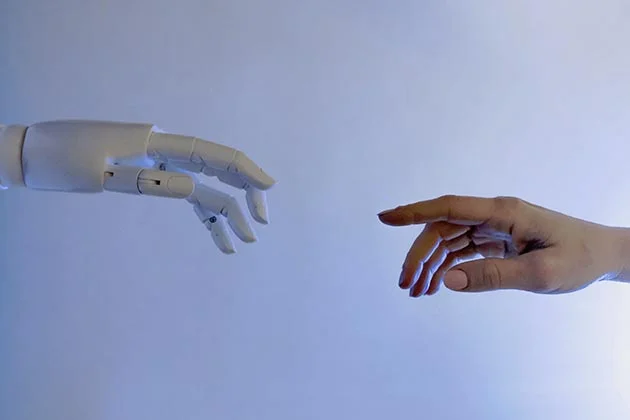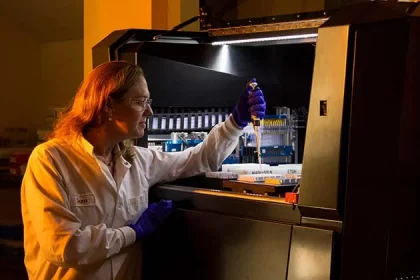Until recently, anyone who needed a personal assistant (PA) would have to hire a flesh and blood employee to handle the admin duties that would otherwise clutter their busy schedule.
Today, virtual assistants (VAs) powered by artificial intelligence (AI) are available to step in and fill this role.
There are positives and negatives to each approach, so let’s look at what PAs and AI-based VAs have going for them, and where they fall short, to help you decide which is right for you.
Availability varies
Getting a truly reliable, experienced and skilled PA is not always straightforward. There may be a lack of qualified candidates in your area, and even if you decide to outsource this to a remote worker, you could struggle to find one who meets your main criteria and who is also available right now.
Conversely, when looking at how to hire a VA, the implementation of AI in this context means that availability is not a concern. Software-based solutions powered by machine learning algorithms are always on hand to help out as many clients as require them, and you don’t have to settle for second best as a result.
Functionality is limited
With a real person at your beck and call, you can assign them almost any task and ideally allow them to use their initiative to go about completing it. Trusted PAs can also act autonomously, solve problems dynamically and generally cope with whatever their role might throw at them.
For AI virtual assistants, on the other hand, the range of functions that they can fulfill will be limited by the parameters of their programming and the types of tasks that they are capable to complete natively.
Obviously even with the rise of the aforementioned machine learning algorithms, there is scope for this type of software to get better at what it does with time. But we’ve yet to reach the point where AI can spontaneously become competent at a task which it has never tackled before. Like people, they need training and careful oversight to diversify their skill set.
If you want to automate some of your routine tasks but with more flexibility, AI can be a good choice, however, you may still need a human touch for more complex or nuanced situations. If you’re considering expanding your team without the overhead costs, hire a virtual assistant here to help with specific, repeatable tasks. Virtual assistants can still greatly improve efficiency and save time, but for tasks that require emotional intelligence or strategic decision-making, a human may be a better fit.
Costs are key
When you hire a PA, or even a flesh and blood VA who works remotely, there’s the small matter of their salary to take into account.
You’ll end up spending thousands a month to keep them onboard, and this has to be justifiable both within your budget, and in terms of the actual advantages that they are providing by freeing up your time during the working day.
On the other hand, an AI assistant will be far more affordable, depending on the software you choose to use and the vendor that supplies it, as well as your budget.
This is where significant savings can be made, so as long as you are content to put up with more limited functionality as discussed above, it could be a worthy trade-off. This also means that people who are lower down the corporate ladder can consider securing a VA long before they would be able to justify hiring a PA.
Connectivity matters
Lastly, there’s the issue of connectivity, and the role it plays in providing access to the services of a PA or an AI VA.
Since virtual assistants tend to run remotely on data center hardware, you’ll need a consistent, reliable network connection to get full value from them. If the connection goes down at your end, or there is disruption at the provider’s end, then your access will be eliminated.
PAs can still fulfill their duties even in the case of outages, and so you need to work out your priorities to choose between the two.










